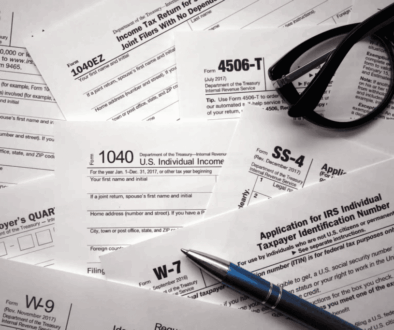How are draws from your business taxed?
Taking money out of your business as an owner is a common practice, but it’s essential to understand how these “draws” work—especially when it comes to taxes. Here’s a quick guide to help you navigate the process.
What Is a Business Draw?
A draw allows a business owner to withdraw funds from the business for personal use. Unlike a salary, which is a fixed amount paid regularly, a draw reduces the equity or profits available in the business. Draws are most common in sole proprietorships, partnerships, and LLCs.
How Are Draws Taxed?
- Not Subject to Payroll Taxes: Draws are not considered wages or salary, so they are not subject to payroll taxes like Social Security and Medicare. This makes them different from how employees or corporate owners are taxed on salaries
- Example of How Draws Are Taxed Imagine your sole proprietorship earns $100,000 in profit for the year. Even if you only take $50,000 as a draw, you’ll still owe taxes on the full $100,000. This includes federal income tax, self-employment tax (which covers Social Security and Medicare), and potentially state taxes.
Tips for Managing Taxes on Draws
- Set Aside Money for Taxes: A good rule of thumb is to set aside 25-30% of your draw for taxes, depending on your tax bracket.
- Track Your Draws: Keep accurate records to monitor how much you’ve taken from the business and how it affects your equity.
Have Questions About Taxes and Draws?
Our team of tax professionals can help you structure your withdrawals efficiently and ensure you’re prepared for tax season. Reach out today to get started!




